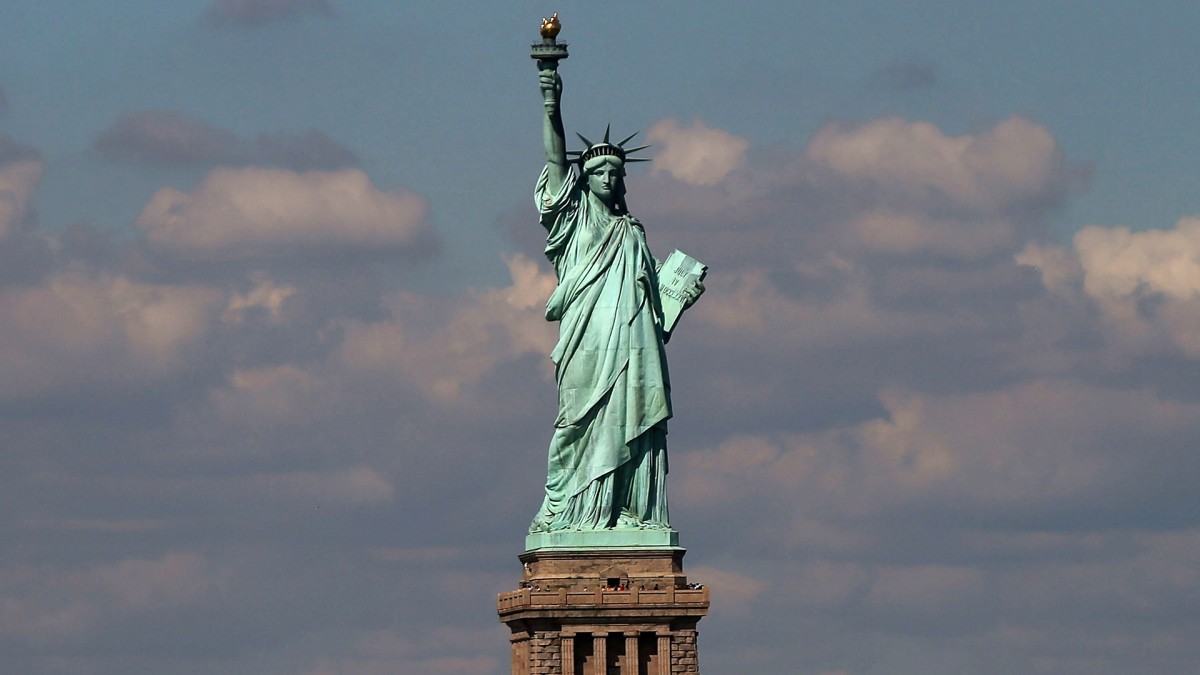
New York is a huge metropolis with a rich history. It’s hard to believe that once this place was not a densely populated city, with traffic, traffic congestion, passers-by scurrying back and forth about their business.
As I read this article, you will take a short drive into the history of New York and learn a little more about this city.
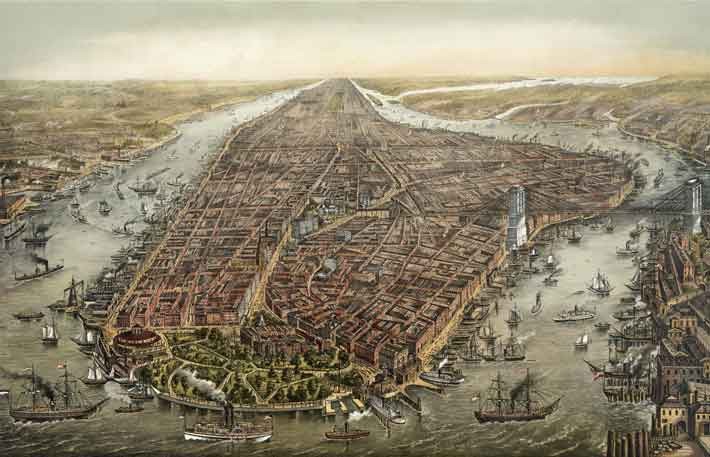
Back in 1524, the French navigator of Italian origin Giovanni da Verrazzano sailed to the Bay of New York and named this place Nouvelle Angoulême, but the colony was not founded then. A century later, Henry Hudson, an Englishman in the service of Holland, once again reached the Bay of New York, sailed north on the Hudson River to the future city of Albany and along with Manhattan.
The Netherlands decided that the site was ideal for building the first Dutch colony in America. And in 1626 the island was bought from the Indian tribe of Manahatta, and the settlement itself was renamed New Amsterdam. The British conquered New York from Holland, a few decades later, Holland returned the city and named it New Orange, but in 1674 it ceded to the British. Since then, New York has not changed its name.
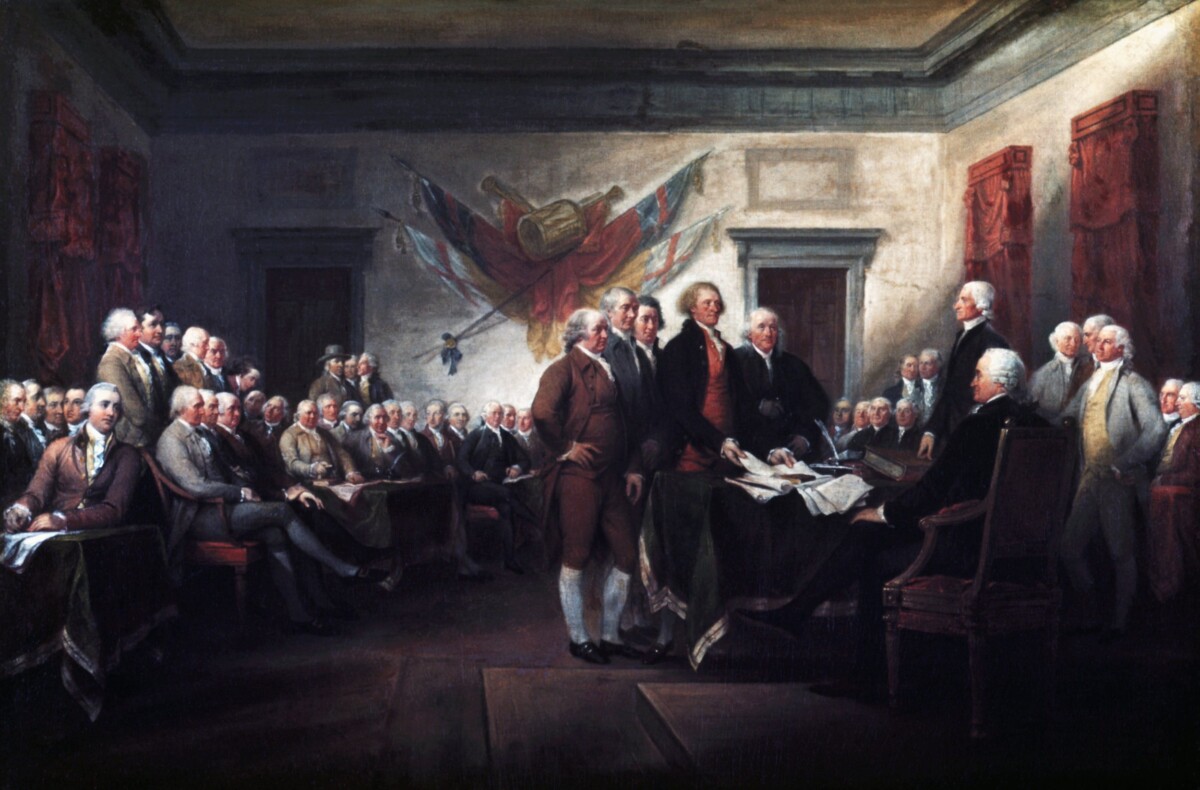
On July 9, General George Washington reads the Declaration of Independence to the American soldiers. The British inflicted several defeats on the future first president and occupied New York for almost the entire period of the Revolutionary War.
In 1783, peace is concluded in Paris, and the British troops set sail for their homeland. In 1785, New York became the capital of the United States, but after five years this title passed to Philadelphia.
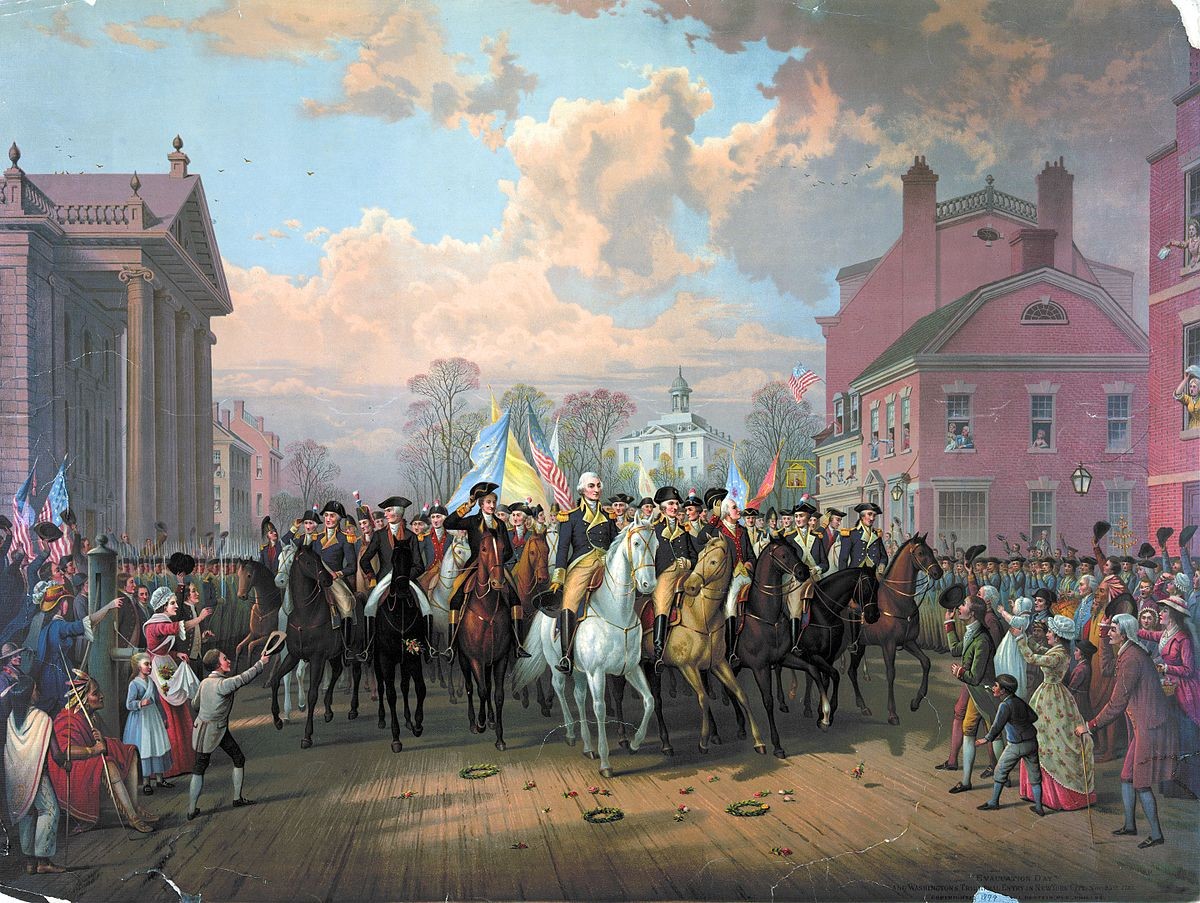
On November 25, 1783, the last shot of the American Revolutionary War was fired.
When the last remnants of royalty – British troops in New York – withdrew from Manhattan, General George Washington victoriously led the Continental Army through the city. A British gunner aboard one of the departing ships fired a cannon at the mockingly shouting crowd gathered on the shores of Staten Island at the entrance to New York Harbor. But no one was injured – the core did not reach the shore a little and fell into the water.
This day, called “Evacuation Day”, was subsequently celebrated in New York over the years.
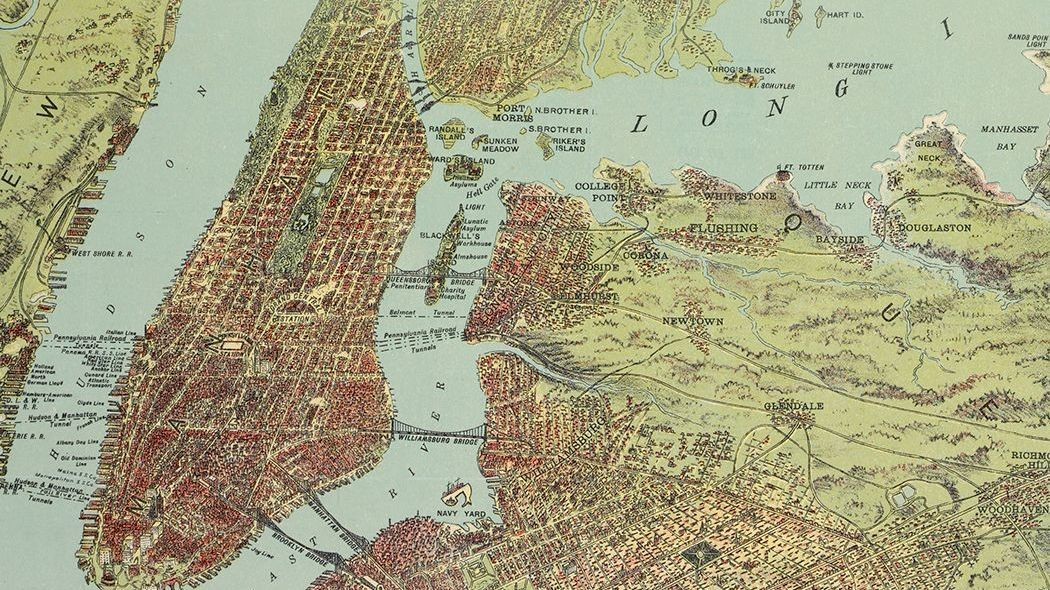
In 1811, a master plan was drawn up for the city’s development, according to which the network of streets was expanded to cover all of Manhattan. By 1835, New York City had overtaken Philadelphia in population as the largest city in the United States.
In 1898, the city of New York acquired its current boundaries: a new bill created a new municipal unit, originally called Greater New York.
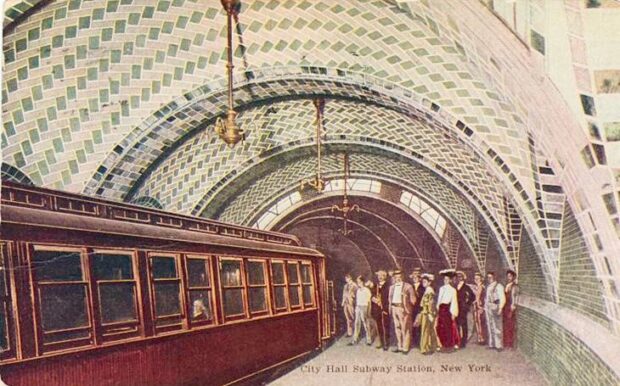
In 1868, the first elevated line of the New York Underground opened.
It was a city railway line with cable traction. In 1871 it was replaced by a steam one, and in 1890 – by an electric one.
Today, the New York subway is the largest system in the world in terms of the number of stations, and the seventh in terms of annual passenger traffic. The official number of stations is 472 (or 425 if each interchange is counted as one station). The metro covers 4 out of 5 districts (there is a railway line with similar trains in Staten Island).
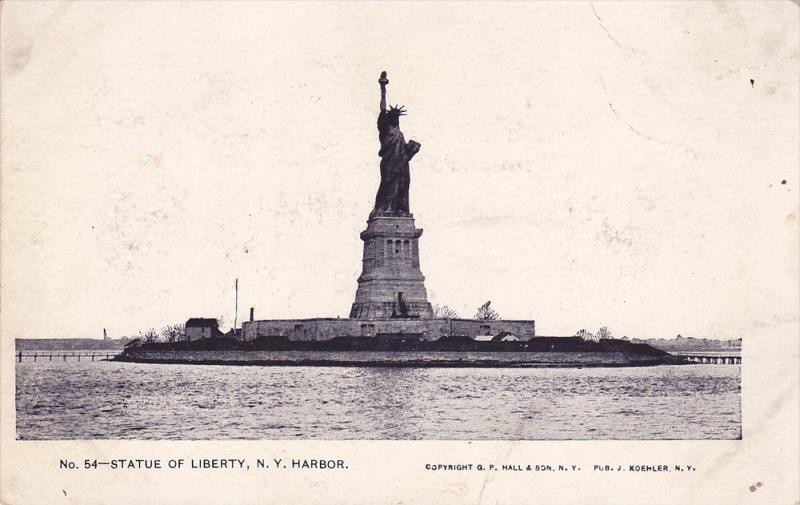
For over a hundred years, Lady Liberty has welcomed guests, immigrants, and returning Americans and is a symbol not only of New York but also of the United States. The inauguration of the Statue of Liberty took place on October 28, 1886.
It was created by the sculptor Frederic Bartholdi, and the internal supporting structure was designed by Gustave Eiffel. The copper statue of the Goddess of Liberty was donated by France in honor of the centenary of US independence and as a sign of friendship between the two states.
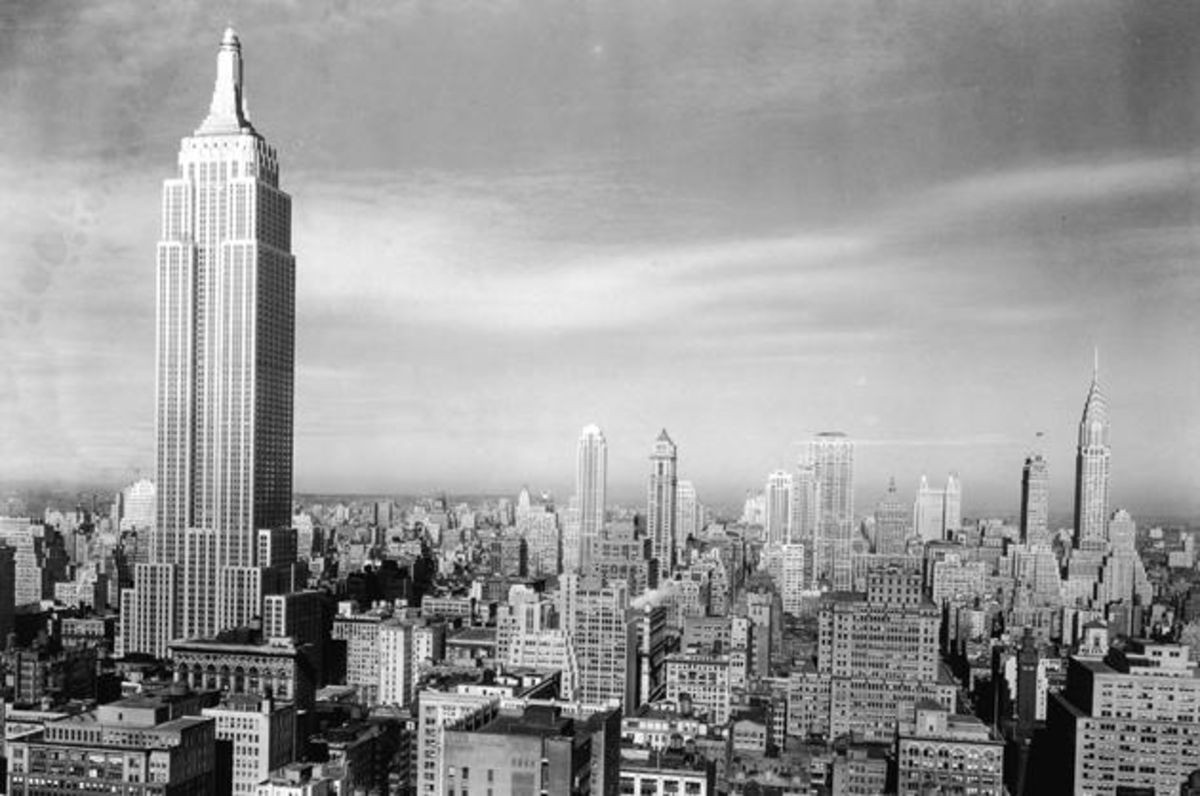
On May 1, 1931, Governor Smith cut the ribbon at the opening of a 103-story skyscraper located on Manhattan Island. From 1931 to 1970, until the opening of the North Tower of the World Trade Center, the Empire State Building was the tallest in the world.
The Empire State Building is currently the fifth tallest skyscraper in the United States. In 1986, he entered the list of US National Historic Landmarks.
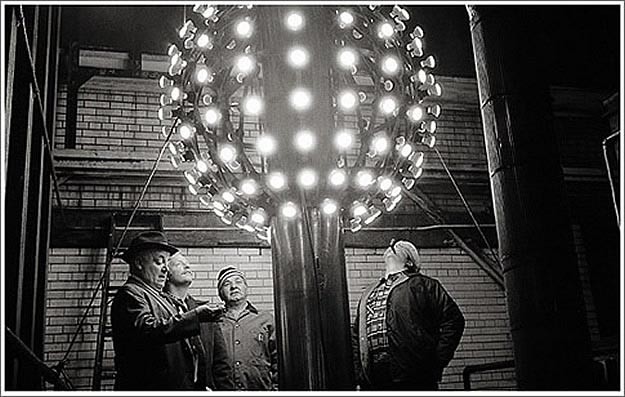
Since 1907, every year on December 31 at 23:59 Times Square Ball – the ball of time begins to slide along the 23-meter flagpole. Exactly at midnight, the ball reaches the lowest point of the path, which symbolizes the onset of the New Year.
The ceremony was not held only twice: in 1942 and 1943 when a general blackout was announced.
The design of the ball has changed from year to year. In 1907, it consisted of metal and wood structures and dozens of incandescent lamps, weighed 317 kg, and was 1.5 meters in diameter.
Nowadays, triangular crystal panels and thousands of LEDs are used in its manufacture. The diameter of the modern ball is 12 feet (3.6 m) and weighs over 5 tons.
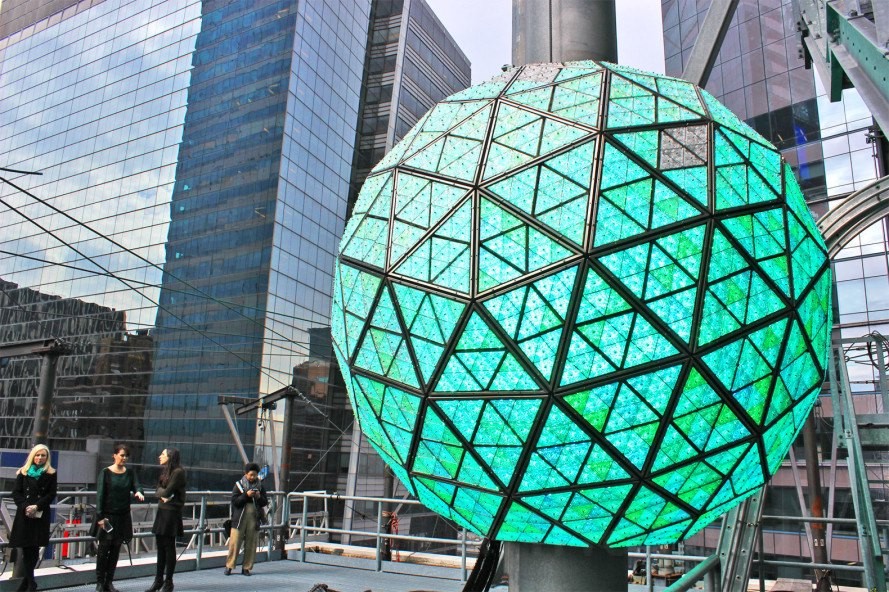
In some cities of the United States, the New Year is celebrated with its falling balls. Atlanta, Georgia, uses a giant peach copy instead of a ball, Raleigh, North Carolina uses a 900-pound brass acorn, and Strasbourg, Pennsylvania uses a ping-pong ball.
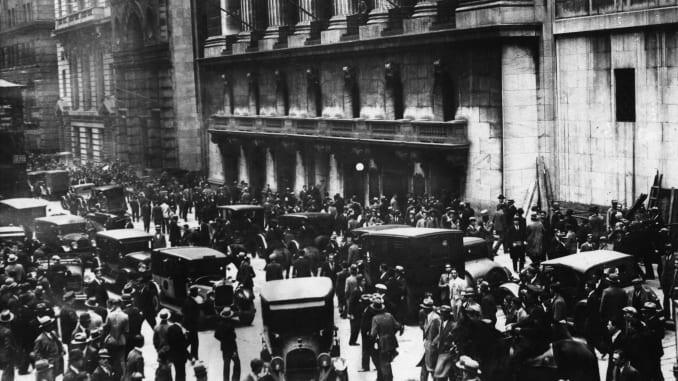
Prohibition enters into force, but this does not bother the city: underground bars and jazz clubs are opening everywhere, where alcohol is served in teapots. The Italian mafia is setting up shootouts in Little Italy, and musicals are being staged one after another on Broadway.
In 1929, along with the Stock Market Crash and the onset of the Great Depression, optimism faded somewhat, but this did not stop the builders: with an interval of less than a year and a half, the building of the Manhattan Trust Bank (283 m), the Chrysler Building (319 m) and the Empire State building (381 m), for the next forty years – the tallest building in the world. By 1939, the Rockefeller Center is being completed.
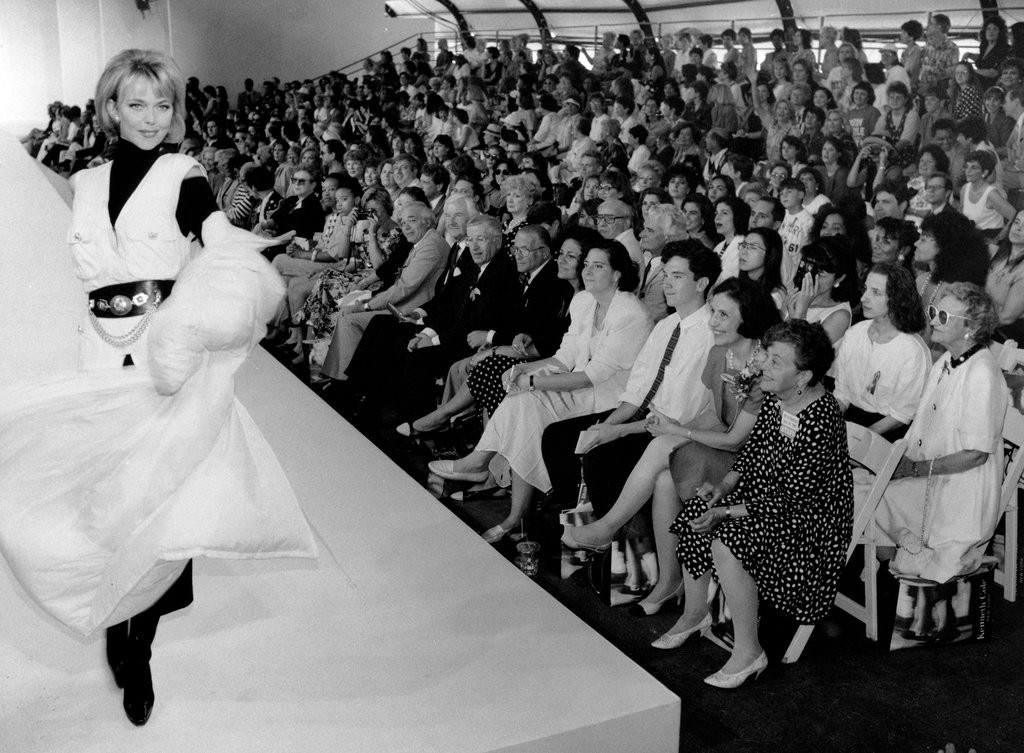
In 1943, when Europe was engulfed in World War II and the least thought about fashion. Eleanor Lambert and suggested holding a local fashion festival. When European countries came to their senses after the war, the designers supported the idea. Later, fashion weeks appeared first in Paris, then in Milan and London – the so-called “Big Four” was formed.
For nearly 70 years, the New York Fashion Vic has been held at Bryant Park in Manhattan, where giant white awnings have been erected for the occasion. Now the screenings are held in Lincoln Center, each year they are attended by about 200 thousand visitors.
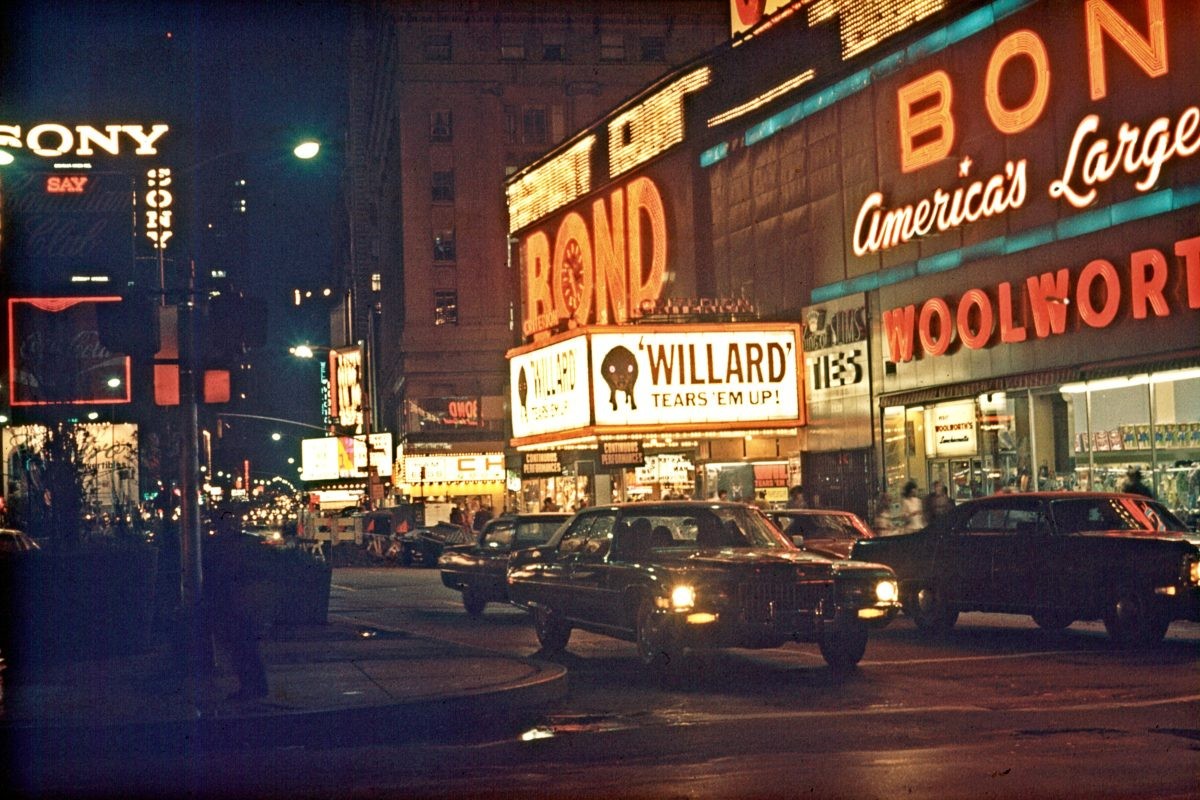
The Second World War strains the economy: in New York, they sew uniforms, build warships and equip goods for Europe. New streams of emigrants from Europe rush to the city. After the war, New York takes over from the devastating capitals of the Old World: the stock market is flourishing here, the skyscrapers of international corporations are being built one after another, and it is entering the new UN headquarters.
At the same time, the city is becoming the center of the world art market and, not least thanks to abstract expressionism, contemporary art. In 1969, clashes with the police after the storming of the gay club Stonewall on Christopher Street became the beginning of the struggle for gay rights.
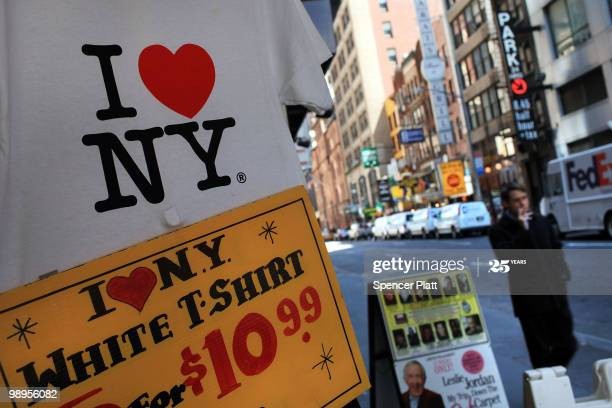
In 1977, the “I Love New York” logo became a symbol of New York’s travel advertising campaign and quickly became a separate brand for the city. At that time, many tourists were not eager to visit New York – some feared a high crime rate, and most simply did not see the point in going there. New York needed a slogan that convinced people that it was a great city to travel to.
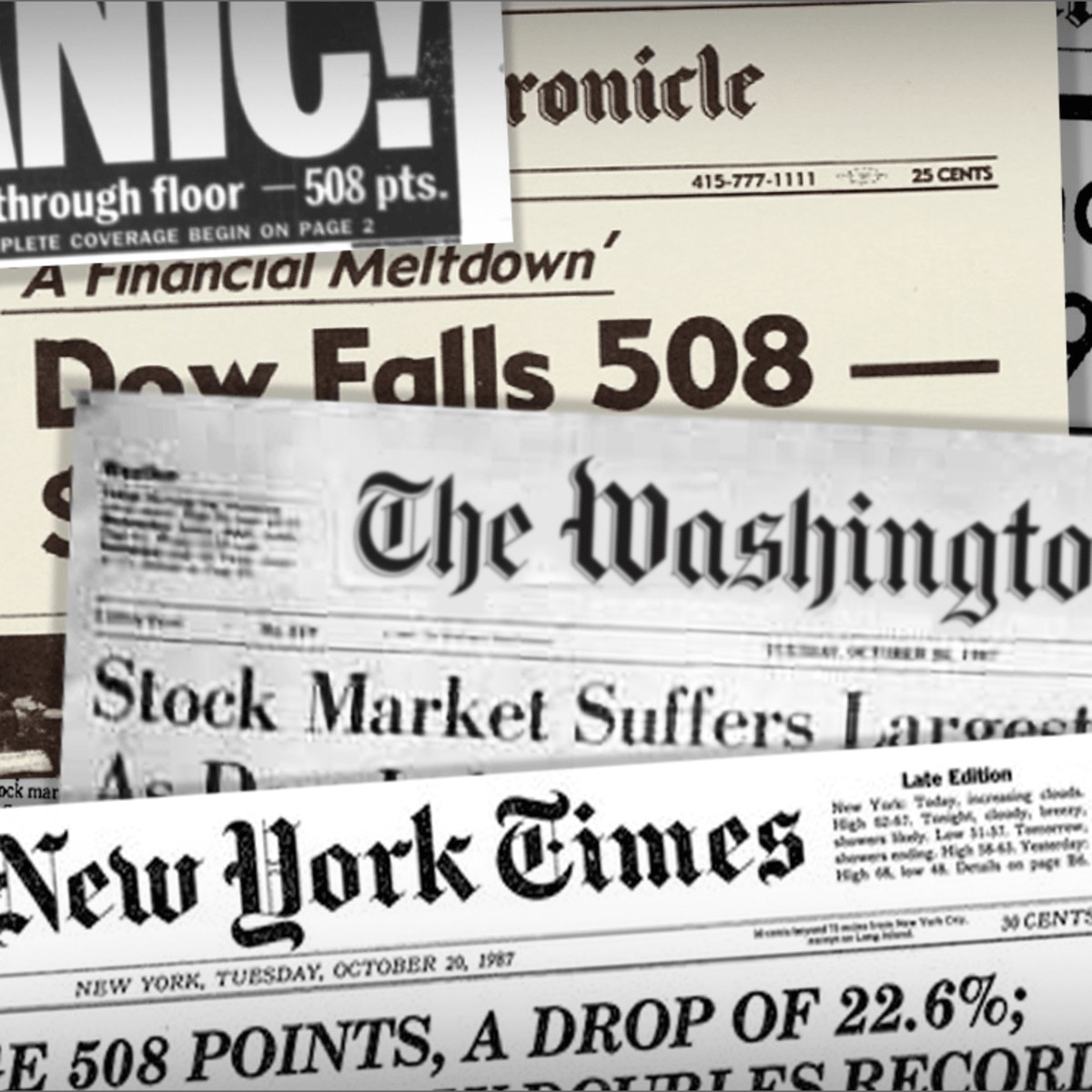
Due to the economic crisis, unemployment, and rising crime rates, thousands of white families are leaving New York for the suburbs. The city collects less and fewer taxes and teeters on the brink of bankruptcy.
The streets are littered with rubbish, the subway breaks down every hour, drugs are sold in Central Park, and there are prostitutes in Times Square. At the same time, a cultural revolution is taking place: punk rock is born in the CBGB club on the Bowery, Andy Warhol’s “Factory” prints portraits of Marilyn Monroe, in Studio 54 on Fifty-fourth Street, cocaine orgies are not abated to the sounds of disco.
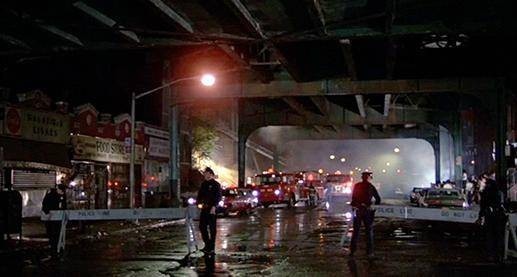
Former Republican Attorney Rudolph Giuliani becomes Mayor of New York. The fight against street crime begins, nightclubs and brothels are closed one after another, gentrification comes to former industrial areas – Chelsea, Meatpacking, Williamsburg.

New York will never forget the tragedy of September 11, 2001, when al-Qaeda terrorists attacked the World Trade Center and the Pentagon. Almost 3,000 people were killed and over 6,000 were injured. After that, the United States launched the War on Terror.
However, this is not the first attempt on the Twin Towers. On February 26, 1993, a terrorist group detonated a bomb under the North Tower of the World Trade Center. Their goal was for the North Tower to collide with the South Tower as it fell. The plan failed, but six people were killed and about a thousand were injured. A memorial to the six killed was erected in the North Tower but was destroyed in the September 11, 2001 attack.
Like us on Facebook for more stories like this: